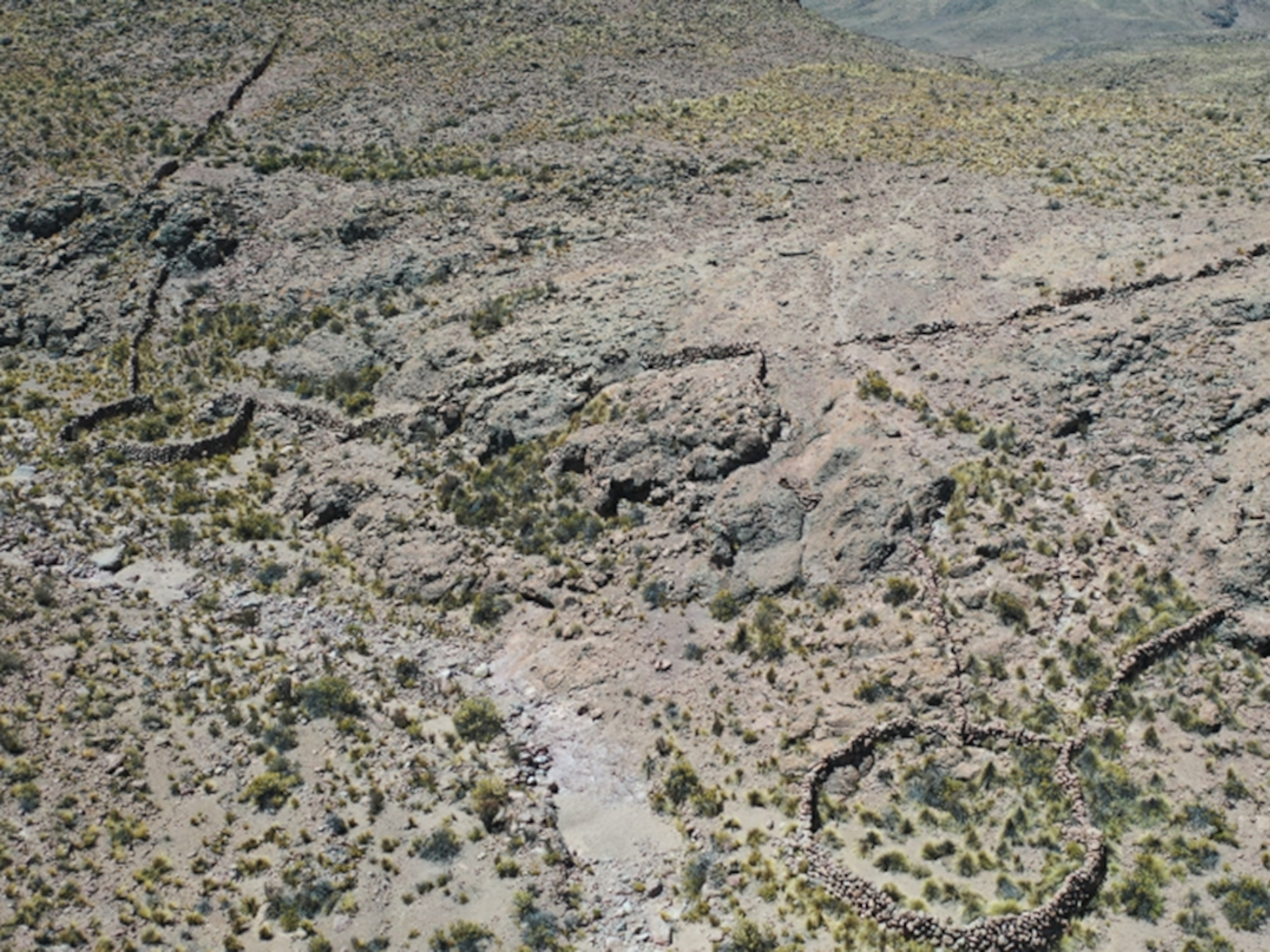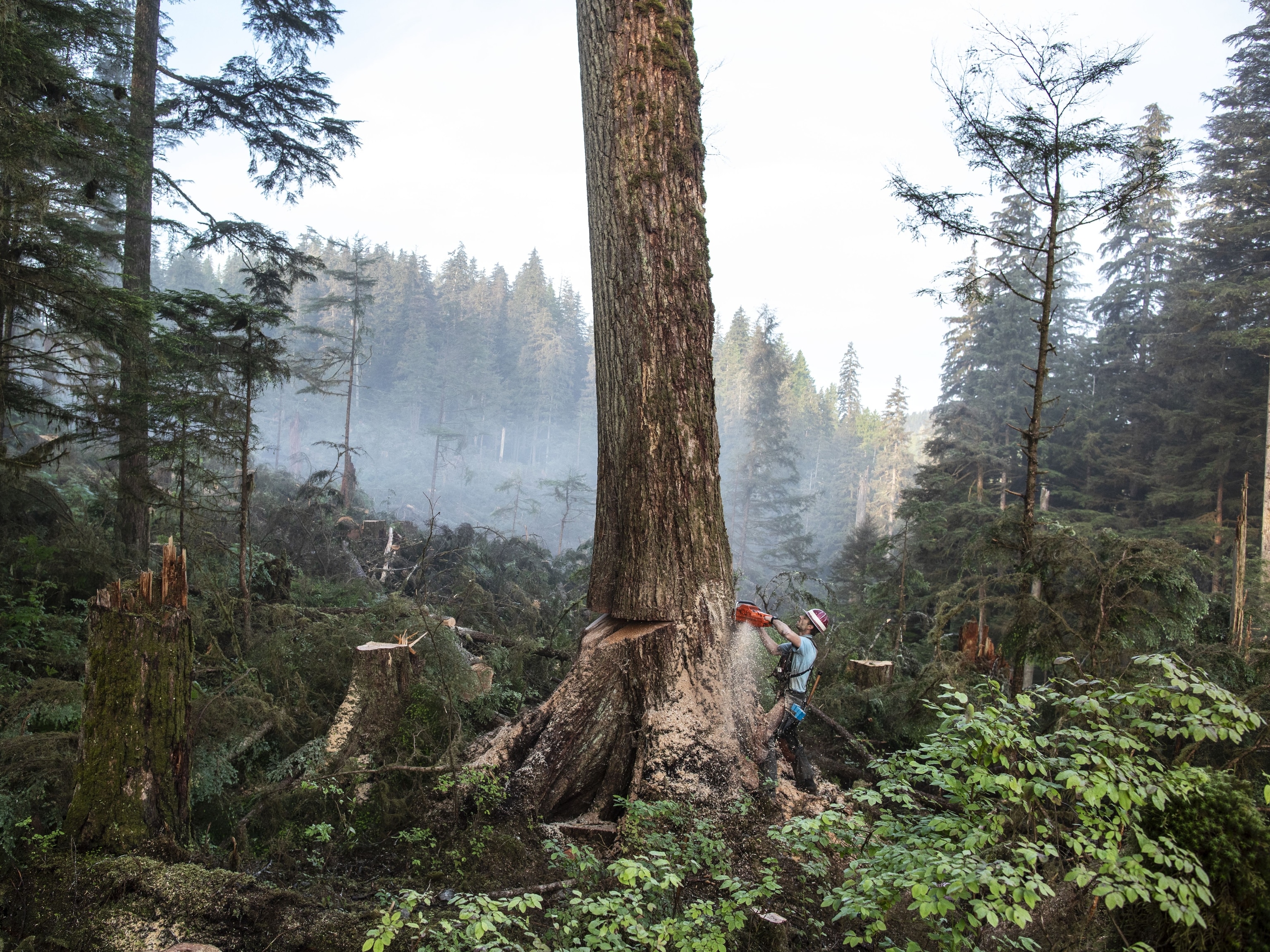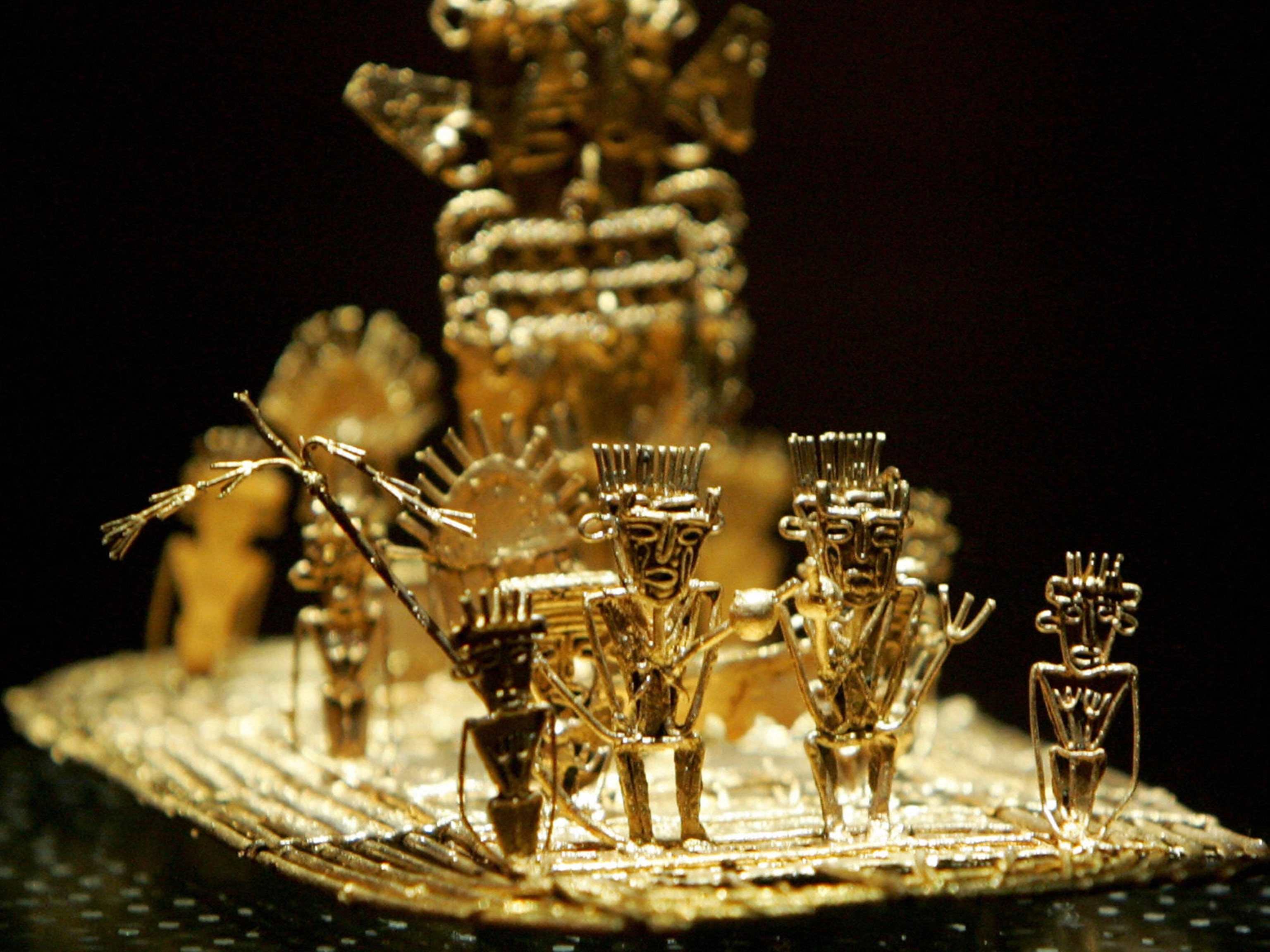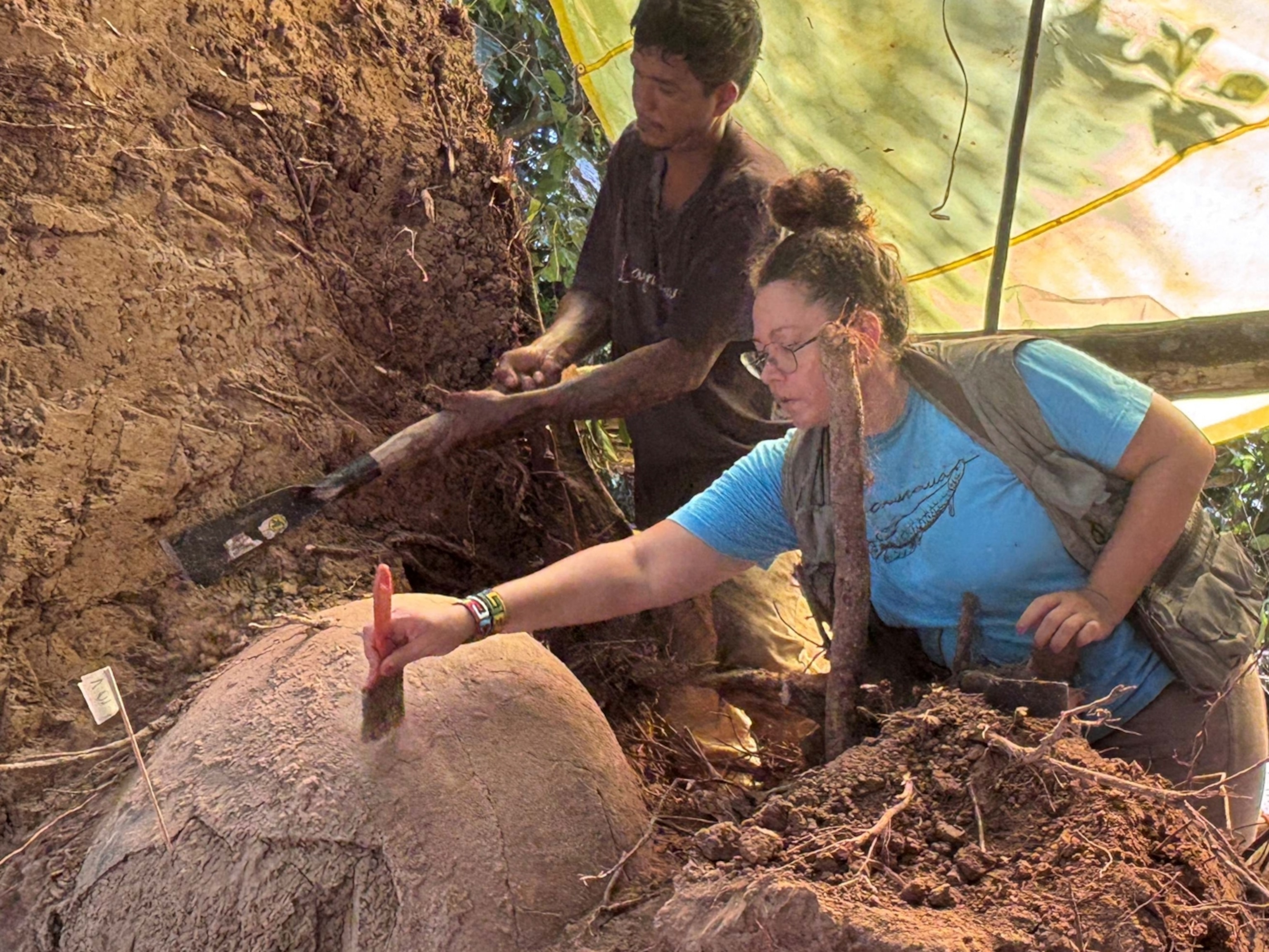
Only Women and Children Live in This War-Torn Village
Colombia’s civil war killed all the men in La Puria, an indigenous village still grappling with the conflict’s consequences.
In Colombia’s mountainous northwest, three hours’ walk from the closest town over paths haunted by guerrillas, lies the village of La Puria. It’s home to around a hundred indigenous Emberá Katío people. In their language, ẽberá can mean human being, indigenous person, or man.
But there are no men here.
Colombia’s decades-long civil war has eroded La Puria. Some men were recruited by the Revolutionary Armed Forces of Colombia (FARC) or the National Liberation Army (ELN), the country’s two largest leftist guerrilla groups. Others were victims of the conflict, as both guerrillas and right-wing paramilitaries made use of violent tactics—including kidnapping, setting land mines, and drug trafficking.
Now women, children, and teen mothers are the only ones left in La Puria, says Iván Valencia, a Colombian photojournalist who spent months documenting the town in 2017. (Read the story: After five decades of civil war, Colombia's healing begins.)
Where men once ventured into the rainforest to hunt and gather food, young women now take the lead—wielding machetes with their babies strapped to their backs. The current chief is a 26-year-old mother of four. The peals of playing kids ring through the houses their mothers have built themselves. Many of these children were borne by teenage women who were raped by soldiers belonging to a local guerilla splinter group.
Even now, the kids of La Puria bear the marks of war. Last year, during an art therapy activity in the village's school, nearly all of the children used their crayons and colored paper to draw pictures of people with guns.
A Peaceful Tongue
For the first time since the 1960s, the conflict is over. Though in 2016 a civil referendum narrowly rejected a peace treaty reached by FARC leaders and the Colombian government, a revised agreement was ratified months later. And while the road to true peace is uncertain, the cease-fire still holds. (Read National Geographic's exclusive interview with Colombian president Juan Manuel Santos.)
Even after the war, “they’re still totally abandoned by the state,” Valencia says of the inhabitants of La Puria. Without government assistance in healthcare and public works, malnutrition and unsanitary conditions compound the challenges they already face in rural, post-conflict Colombia. “I’m learning that the consequences [of war] continue.” (See photos of Amazonia that blur the past and the present.)

But a little light remains. Valencia recalls being struck by La Puria’s vivid people: “After walking for so long in the jungle, I remember reaching a place where there’s so much color—many of the indigenous people wore bright colors—color in the middle of such grey and such sadness.”
For the Emberá-speaking villagers and the Spanish-speaking photographer, a visual language was the only one they shared.
“We communicated through the camera,” Valencia says. “We’re strangers in their world. There has to be respect towards a person using their own vocabulary.”
See more of Iván Valencia’s work on Instagram. This photography project was undertaken in conjunction with the nonprofit War Child, financed by the European Commission.













